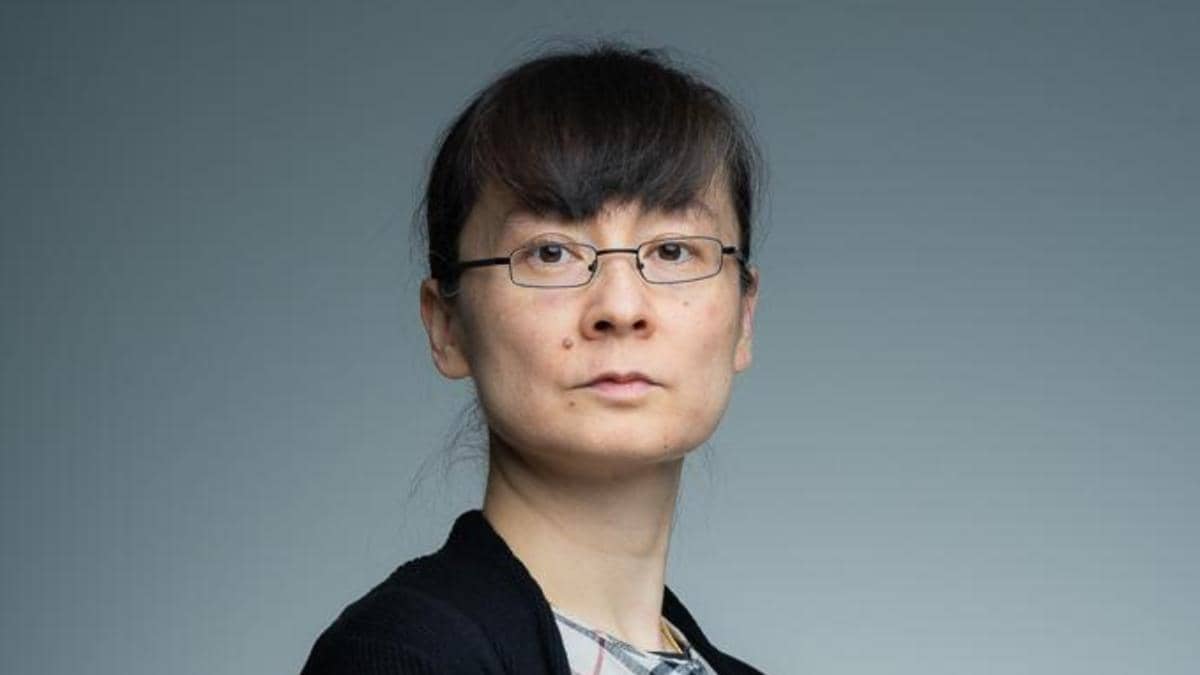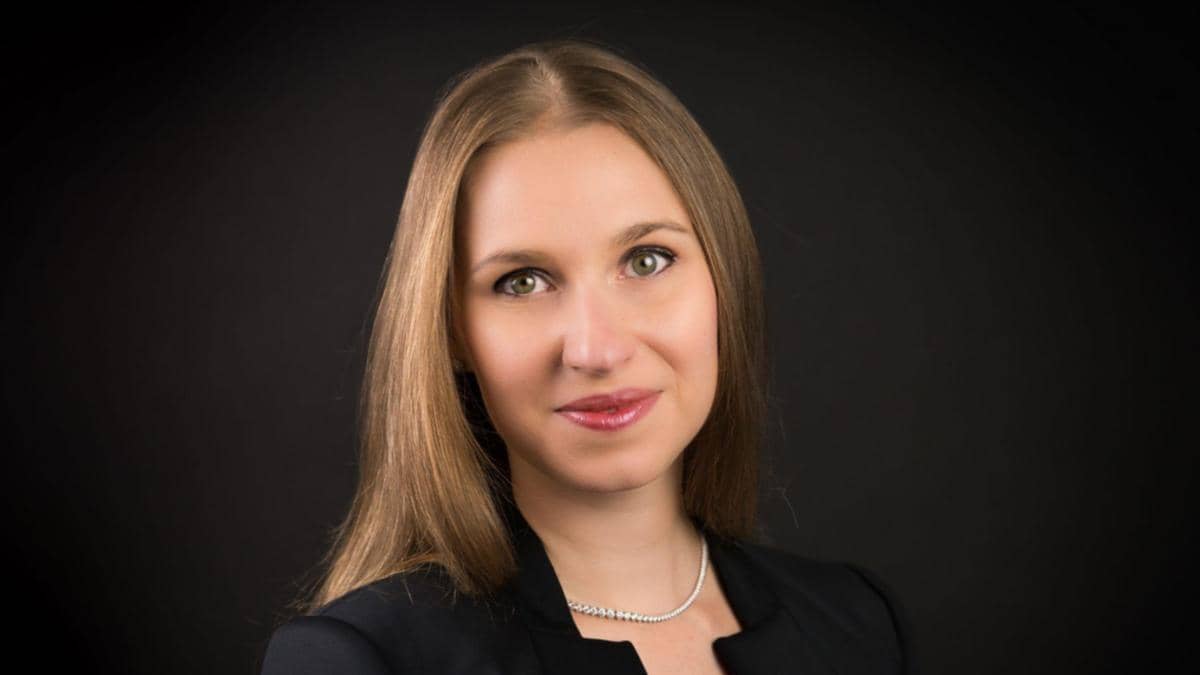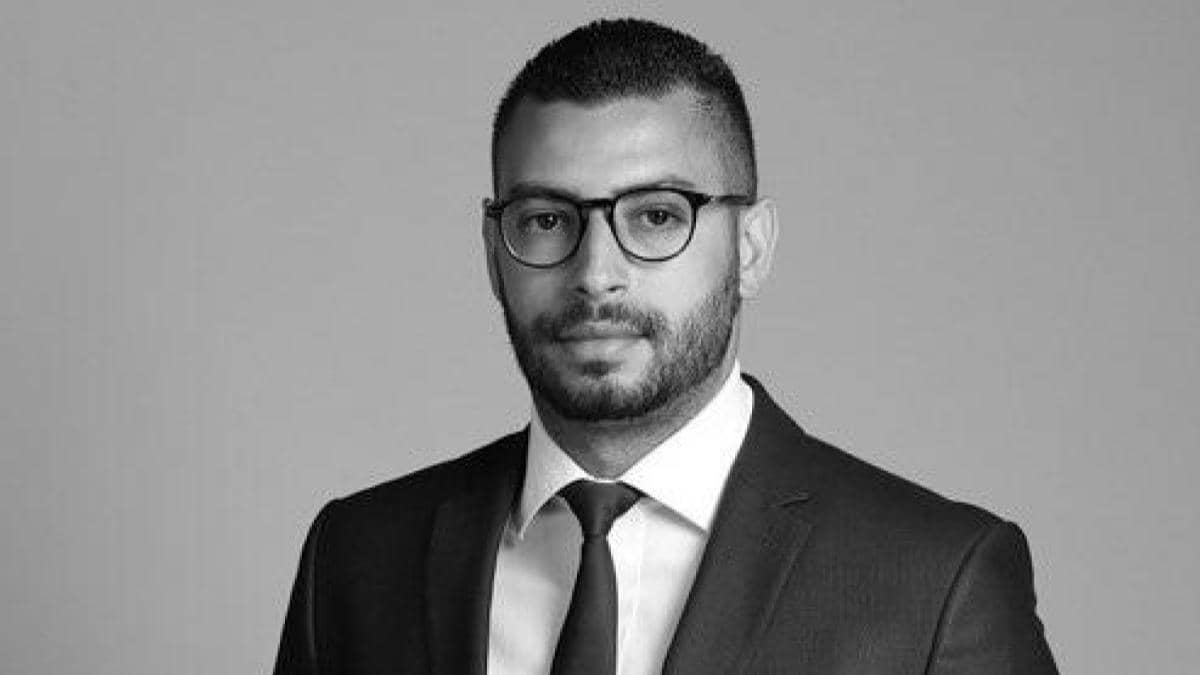Lorenzo Miori, from ITAS Mutua, is our Fund Selector of the Month

21 DEC, 2022
By Teresa Blesa from RankiaPro Europe

I took my bachelor’s degree at Alma Mater Studiorum in Bologna in Economics, Markets and Institutions: a period that I will always remember amongst the best in my life.
During these years, I started being fascinated by Finance. South Europe was experiencing debt crisis, and I wanted to know more about the gears that, as we all know, move the world. This is the reason why I moved back to Trento and graduated in Finance, with 110 cum laude. After a short experience in Cassa Centrale Banca, I started in ITAS as an intern before my graduation.
I have been working in ITAS since then, the first year in the back and middle office, and starting from 2016 as a portfolio manager. I have a specific focus on Equity and Investment Funds since 2018.
1. Could you please tell us about the Fund Selection process at ITAS Mutua?
The Fund Selection process at ITAS Mutua can be divided into the one for liquid funds and the one for illiquid ones. In the first case, we start from the Strategic Asset Allocation and define the asset we want to invest in, considering the open-ended fund as a way to improve the overall diversification of the portfolio, in terms of both instruments and geography. When the asset class to invest in is defined, we make a comparison between funds in terms of metrics, paying particular attention on the management team and the track record. There are differences between non-Life and Life branch in terms of process, for the latter higher attention on the distribution profile is required.
Regarding illiquid funds, a deeper due diligence is made. We attend several meetings with the management team, not just online. We ask to complete a Due Diligence Questionnaire that comprises the most important topics, together with a template for the cash flow analysis. When identified, all relevant documentation is sent to the Risk Management team and a capital absorption analysis is made. The final step is a discussion in the Investment Committee, that must approve the investment in terms of underlying strategy, size and portfolio of destination.
2. How many people are in your team, and how is it organized?
The Finance Department in ITAS is composed of seven people, three in the Front Office and four in Back and Middle office. The direct investments in Equity and Fixed Income are made by all three, while the analysis regarding investment funds are made by myself together with a Middle Office colleague who is in charge of ESG valuation on every investment made. Any idea on liquid and illiquid investment, such as any update on funds and meeting is shared with the CIO, and every three month the Investment Committee is aligned in terms of performance, characteristics and valuations regarding investment funds.
3. What parts of your role do you find more challenging? And what parts would you say are the most interesting to you?
Dealing with Regulation is with no doubt a challenge, both in terms of how it changes the way we look at investments and how we deal with it. Any investments, that can be considered a good investment in terms of positioning and due diligence as previously mentioned, must also be considered under another point of view, that is in terms of trade-off between expected performance and capital absorption under Solvency II Regulation. The direct impact is a reduced investable universe and vanished investment opportunities, both considering non-EUR investments and alternatives. On the other hand, capital absorption calculation requires a continue interaction with investment houses because of the necessity of continue reporting that, now more than ever, must be unified and harmonized. The most interesting part is with no doubt the need to confront with many people and, a thing that only a Fund Selector can praise, the necessity to focus on many different asset classes, especially if the SAA comprises an exposure to Alternatives.
4. What processes do you have in place to identify a good manager? What are the differences between a good manager and a not-so-good one?
It is difficult to label a manager as good or bad. As previously said, the manager valuation is central for both liquid and illiquid investment choices. In both cases, manager track record is pivotal in the decision, and this is the reason why we do not usually invest in a first-time fund. Even if the manager has a long history in the asset class, it is preferable that the team has worked together for some time in order to avoid key-man risk. The process to identify a good manager is done with comparing the manager’s track record and, especially for closed-ended fund, to know her/him in person, when possible, and closely looking at the Fund PPM.
5. How are you navigating the current inflation and volatility in the markets?
In order to avoid price volatility, we pay attention on the characteristics of the underlying position. For open-ended fund we are more keen to invest in strategies that give the manager flexibility both in terms of instruments and duration. For closed-ended (Private Debt and Infrastructure) funds, a high exposure to floating rates is needed and we do not invest in funds that are 100% fixed rate. The characteristics of underlying issuers are also very important, an investment strategy focused on large-cap companies and on countercyclical sectors is preferred, in order to create a more resilient portfolio in the recession that we will likely experience next year(s).
6. Which sectors and trends do you think will perform better in the first half of 2023?
A recession could be looming, this lead us to prefer Investment Grade over High Yield, and countercyclical sectors over the most exposed ones. Credit investors, as we are, are in a position to purchase securities atmeaningful discount, but a lot of effort must be made to avoid issuers that have increased leverage over last years of low rates without an improvement in cash flows. Convertibles with a more equity-biased strategy could be a good idea in order to gain exposure to an eventual increase in the Equity market, with the typical protection that such strategy gives in the case of an additional selloff.
7. What do you like to do when you are not working?
With two little kids, the time spent while not working is mostly dedicated to them. I am also a runner, I love street and mountain running with several half-marathons, one marathon and an ultra-marathon as priceless personal assets. I also love travelling (even if it was much easier some years ago) and watching movies (not TV series), especially at the cinema. How not to mention that I am a CFA Level III Candidate, meaning that most hobbies are, for now, set aside as long as I am studying.


